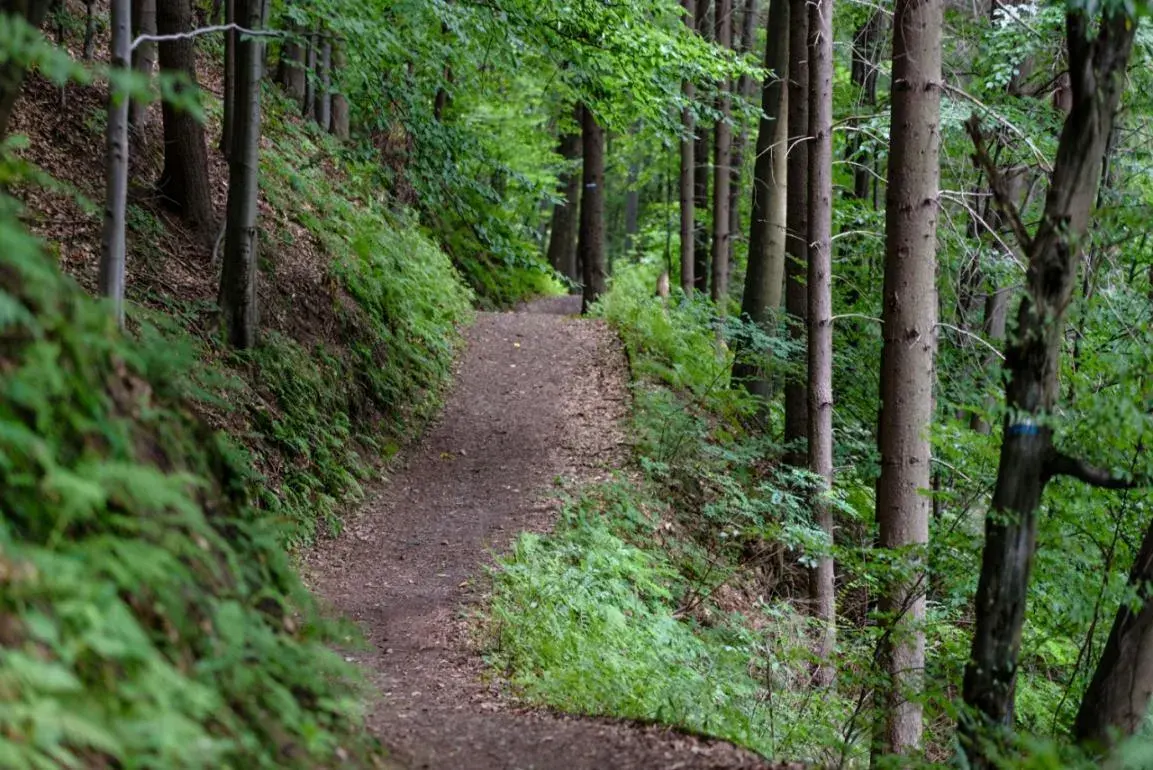
Safety Tips for Hiking on Isolated Trails
Admin
March 16, 2025
840 words
4 minutes
Hiking on trails secluded can be an exciting adventure, offering peace and quiet, breathtaking views and a deeper connection to nature.
However, the remote nature of these trails also entails unique risks. Being prepared is essential to ensure your safety while you enjoy your trip.
In this guide from Top Walking Tours we’ll explain how to prepare for your hike, the essential equipment to take and what to do in case of an emergency.
How to prepare for hiking on isolated trails
Preparation is the basis of a safe hiking experience, especially on remote trails. Here’s how to prepare:
Search the trail
Before setting off, research the trail’s terrain, distance, altitude increase and weather conditions. Look for potential hazards, such as water crossings, rocky sections or areas with limited cell phone service. Look for recent reports from other hikers or local rangers on the state of the trail.
Plan your route and share it
Create a detailed itinerary, including estimated start and end times, route details and booking plans. Share this information with a trusted friend or family member. Let them know when to expect your check-in after you have finished.
Check the weather conditions
Remote trails can be especially unforgiving of bad weather. Monitor the weather forecast up to the day of your hike and be prepared to postpone if conditions look unsafe.
Develop your physical condition
Make sure your physical condition matches the demands of the trail. If you are planning hikes with a significant increase in altitude or technical sections, train in advance to avoid overexertion.
Take a map and learn navigation techniques
GPS devices are useful, but their batteries can run out. Take a physical map and compass with you and learn how to use them. Many isolated trails have no marked paths, so good navigation skills can prevent you from getting lost.
Essential equipment to ensure safety on remote trails
Packing the right equipment can mean the difference between a minor inconvenience and a serious problem. Here’s what you should always bring with you:
Navigation tools
Take a detailed map of the area, a compass and a GPS device or smartphone with offline maps. Mark important locations, such as water sources and emergency exit points, before starting your hike.
First aid kit
Carry a first aid kit adapted for hiking, including items such as bandages, antiseptic wipes, painkillers, tweezers and adhesive mole pads for blisters. If you’re hiking in areas with poisonous wildlife, consider adding a sting kit.
Water and filtration system
Take enough water for the whole walk and bring a portable water filter or purification tablets in case you need to refill your water supply from natural sources. Dehydration is a common risk on isolated trails.
Emergency shelter
Even if you don’t plan to spend the night, take a light emergency bag or a Mylar thermal blanket. These can keep you warm and protected in case you are delayed or injured.
Suitable clothing
Dress in layers to prepare for climate change. Include moisture-wicking base layers, insulating layers and a waterproof jacket. Don’t forget gloves and a hat, especially if you’re hiking in colder climates.
Food
Take high-calorie, non-perishable snacks such as energy bars, nuts and dried fruit. Always take more food than you think you’ll need in case the walk takes longer than expected.
Lighting
Take a flashlight with extra batteries. If your hike takes longer than expected, it’s essential to have a reliable source of light to navigate safely in the dark.
Communication device
If possible, take a Personal Locator Beacon (PLB) or satellite communicator with you. These devices can send emergency signals and allow limited communication in areas without cell phone service.
Multi-tool or knife
A multi-tool can be very useful for a variety of tasks, from repairing equipment to preparing food.
Fire starter kit
Take waterproof matches or a lighter and materials to light a fire. These materials can be essential for warming up or calling for help.
What to do in an emergency: Guidelines for unexpected situations
Even with the best preparation, emergencies can happen. Here’s how to deal with common scenarios:
If you get lost
1. Stop and stay calm: Panic leads to poor decision-making. Stop, breathe and assess your situation.
2. Retrace your steps: If it’s safe, return to a known reference point.
3. Use your navigation tools: Consult your GPS, map and compass to determine your location and direction.
If you are injured
1. Assess the injury: Determine whether you can move around safely or whether you need to remain immobile.
2. Signal for help: Use a whistle, a signal mirror or brightly colored clothing to attract attention. If you have a PLB or satellite communicator, use it to call for help.
3. Stay warm and hydrated: Use your emergency shelter and layers to keep warm and drink water to avoid dehydration.
Finding wild animals
- Keep calm: Most animals are not interested in humans and will leave if you don’t scare them.
2. Move away slowly: Don’t run or turn your back, especially in the case of predators.
Encountering bad weather
1. Seek shelter: Move to a safe place, such as a group of trees or a rocky outcrop, away from exposed ridges or lone trees during lightning storms.
2. Stay dry: Put on your waterproof layers to avoid hypothermia.
Conclusion
By preparing carefully, carrying the right equipment and knowing how to react in the event of an emergency, you can enjoy the beauty of the isolated trails with confidence.
Remember, safety should always be your top priority when exploring remote areas. With the right mindset and tools, you can turn potential challenges into manageable situations and focus on the joy of travel.

